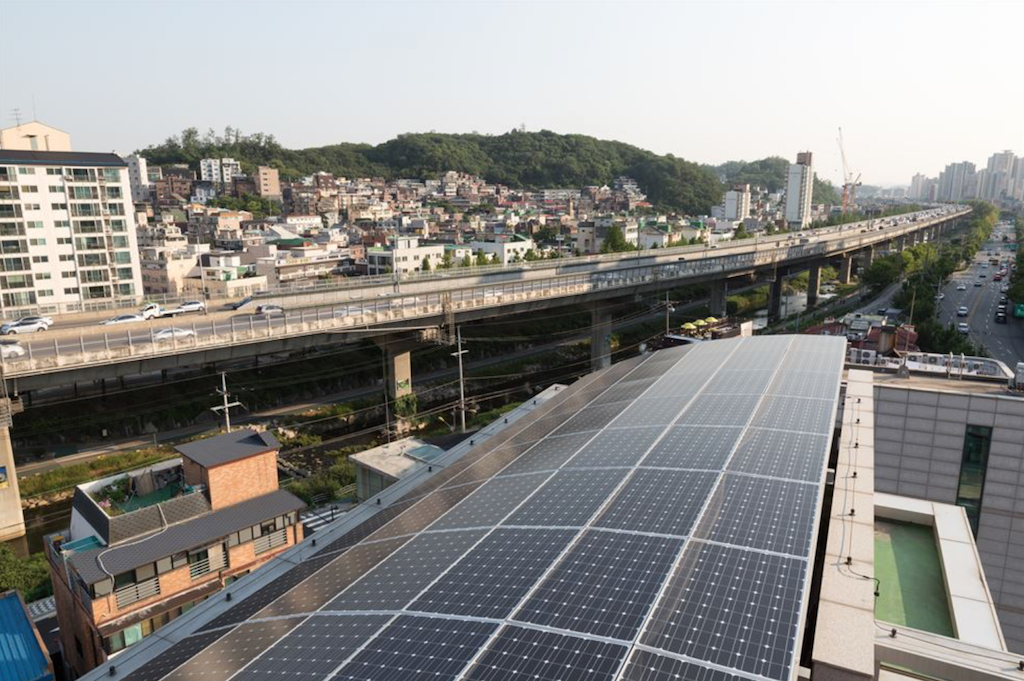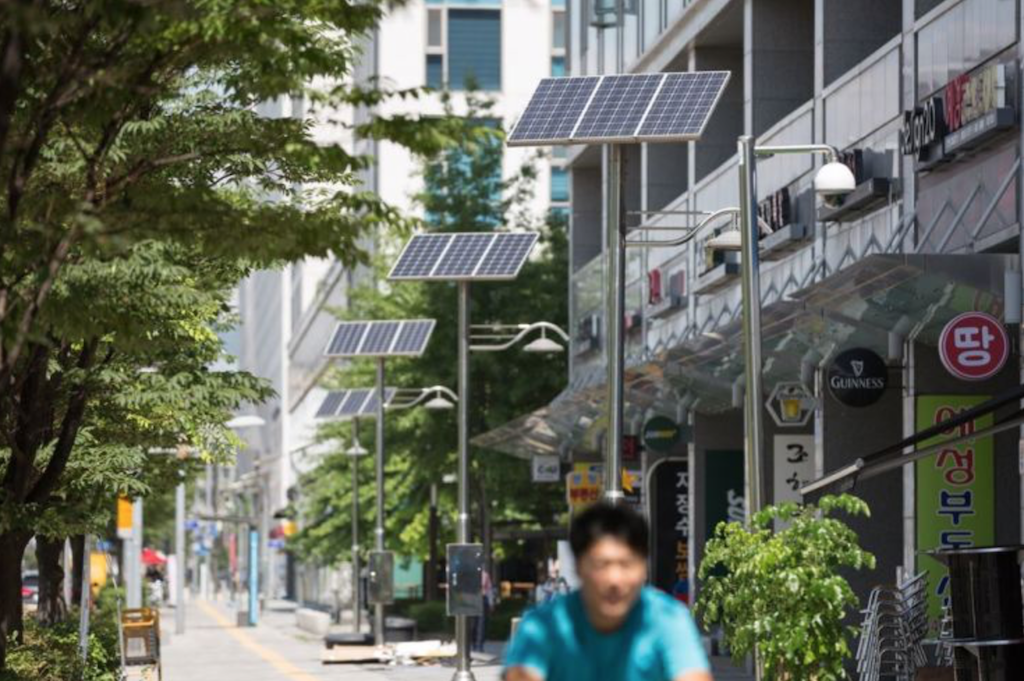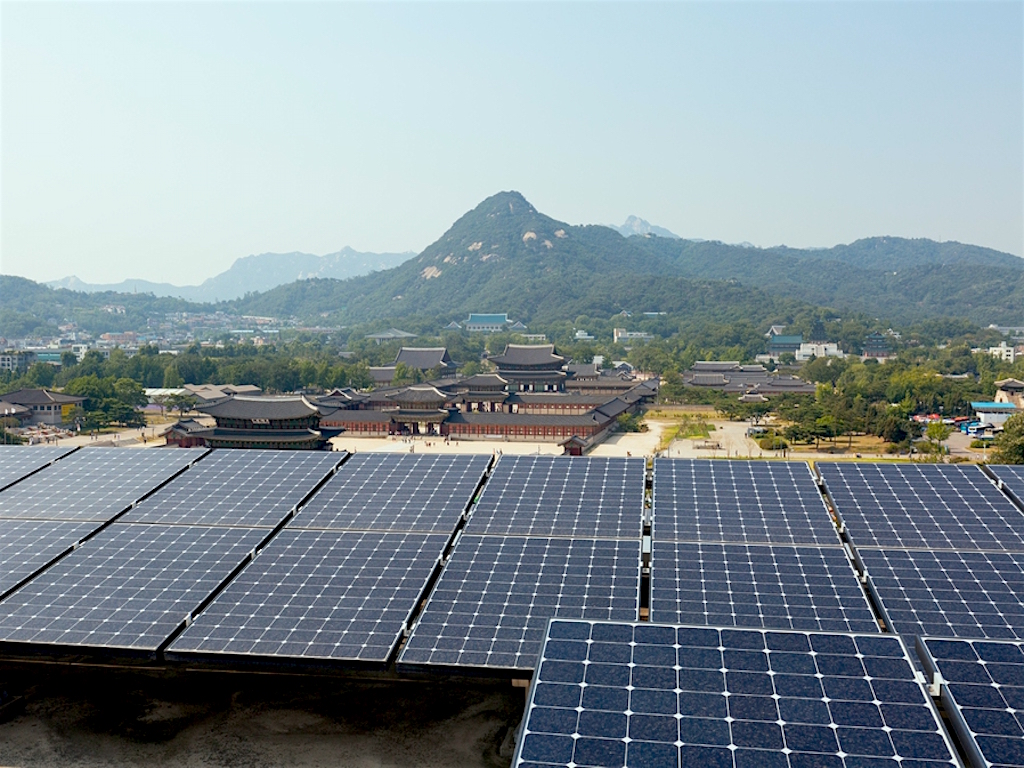3 Mins Read
A renewable energy revolution currently underway in Seoul, the capital of South Korea. By 2022, every single public building and 1 million homes in the city will have solar panels. This move is a part of the country’s concerted shift towards green energy, particularly after public pressure began to mount against the country’s coal importing track record. Given that the fossil fuel industry is one of the biggest culprits for greenhouse gas emissions that drive global warming, a worldwide transition to renewable energy is crucial to combat the biggest threat to our planet and humanity today.
Seoul is putting solar panels on all public buildings and 1 million homes by 2022. The project, dubbed “Solar City Seoul”, is a part of a broader national programme to wean the country off its current dependence on non-renewable energy sources like coal, gas and nuclear power. Under the country-wide plan, which was prompted by public pressure, South Korea will shift to generate at least 35% of its electricity from renewables by 2040.

This came as authorities in South Korea came under public backlash for its original plans to fit 20 of its 60 coal plants with “anti-pollution gear” when they reach 30 years in operation. This has been widely criticised for not being cost-effective, and inefficient to curb carbon emissions and air pollution.
Currently, under the World Economic Forum’s Energy Transition Index, the country ranks 48 out of 115 nations, but with these plans, the country will likely be at the helm to lead a clean energy revolution in the Asia-Pacific. Right now, Seoul has already boosted the takeup of solar energy through a rental scheme, which has since seen solar panels installed across 160,000 homes. Since launching these measures, Seoul has cut down more than 100 metric tonnes of carbon dioxide emissions.
The city wants to push these smart energy plans further by encouraging entire districts to run on renewables, such as the suburb of Magok, which will use solar to make itself at least 30% energy self-sufficient. A drastic transformation is also taking place in Gwanghwamun city square, where lights, benches and even rubbish bins are entirely solar powered by 2020.

Given that the oil and coal industry is at the core of our climate crisis, spewing out massive amounts of greenhouse gas emissions to drive global warming, transitioning to clean energy is vital. According to a report by the Global Subsidies Initiative, one of the ways we could achieve this worldwide is through redirecting subsidies – just a 10% to 30% diversion of the annual fossil fuel subsidies towards renewables would pay for a global transition.
Meanwhile, China is already gearing up for the clean energy revolution without subsidies. A recent study found that solar energy in 344 Chinese cities has already become cheaper than electricity supplied by the national grid, including those that are coal-powered.
Lead image courtesy of National Museum of Korean Contemporary History / Seoul City.



